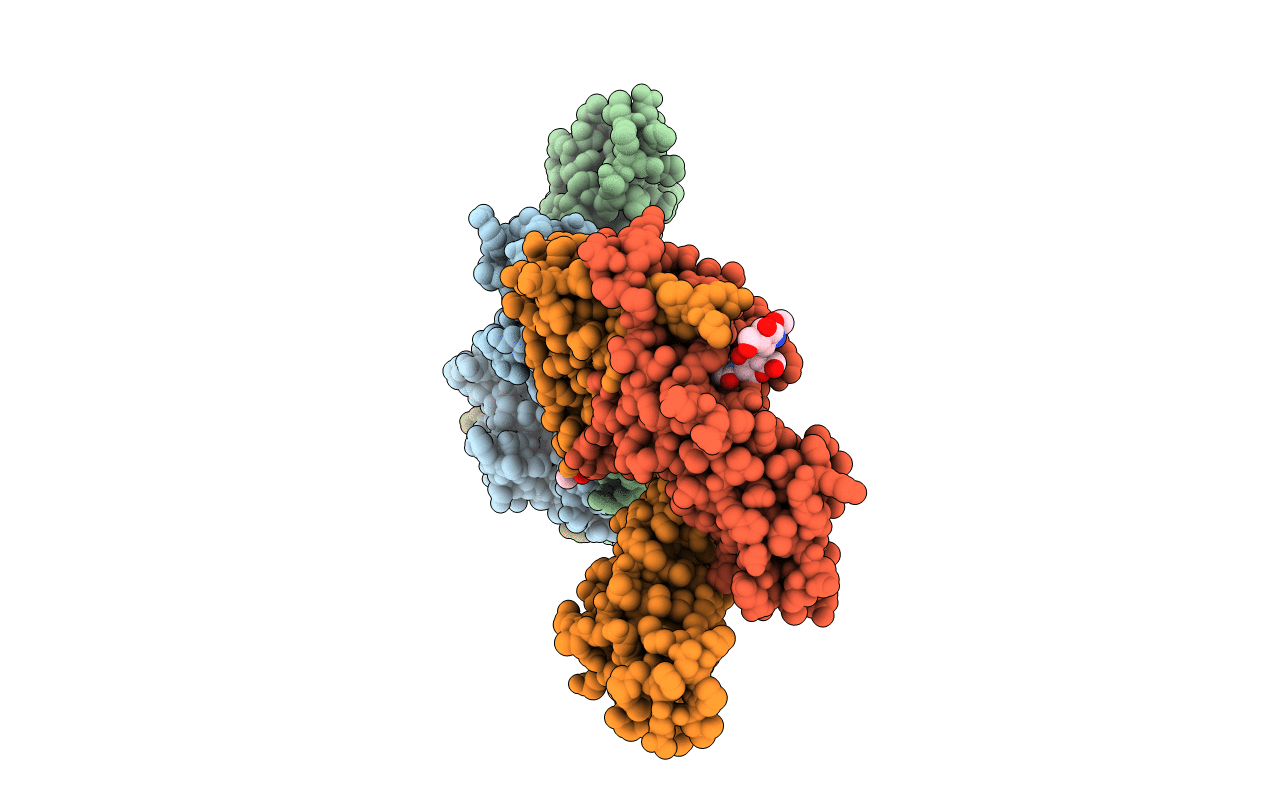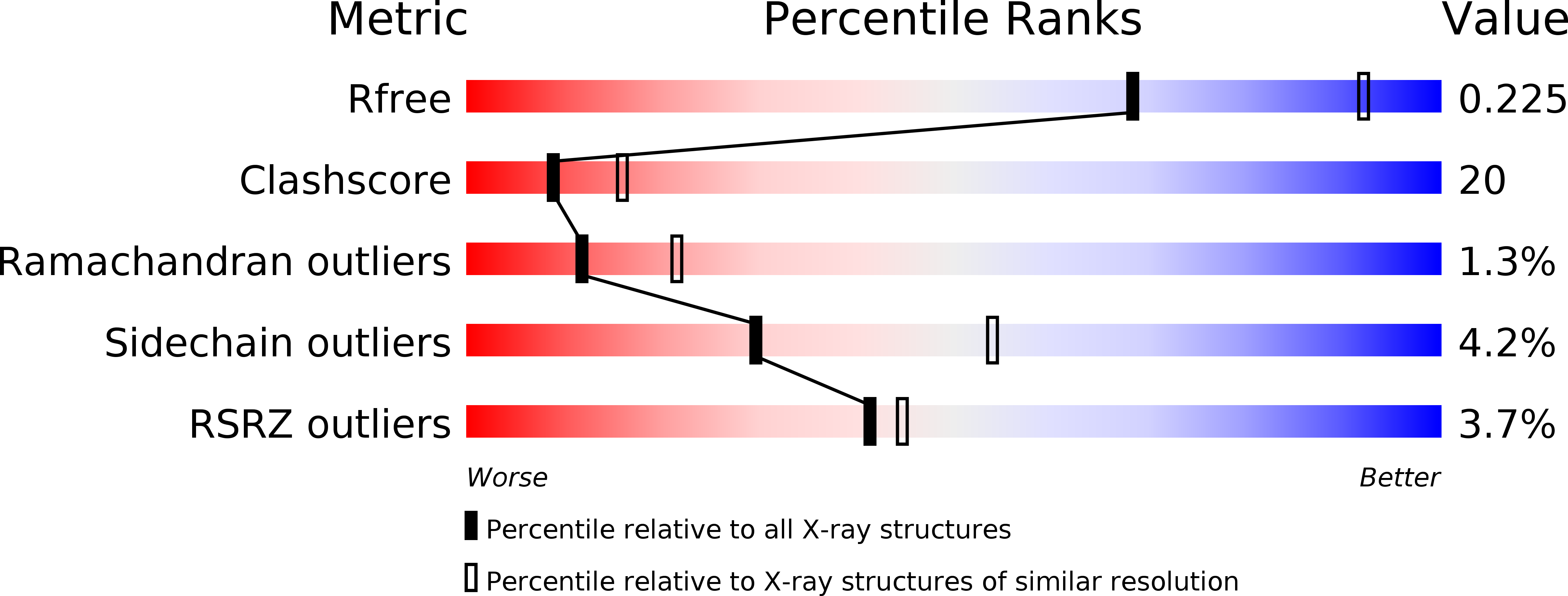
Deposition Date
2012-09-12
Release Date
2013-10-16
Last Version Date
2024-11-06
Entry Detail
PDB ID:
4H26
Keywords:
Title:
TCR interaction with peptide mimics of nickel offers structure insight to nickel contact allergy
Biological Source:
Source Organism:
Homo sapiens (Taxon ID: 9606)
Host Organism:
Method Details:
Experimental Method:
Resolution:
2.50 Å
R-Value Free:
0.27
R-Value Work:
0.22
Space Group:
P 1 21 1


